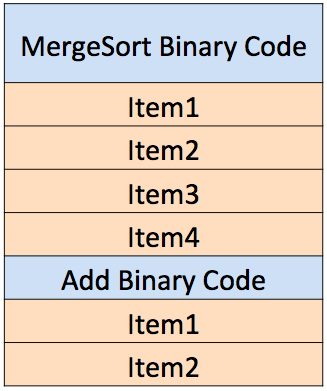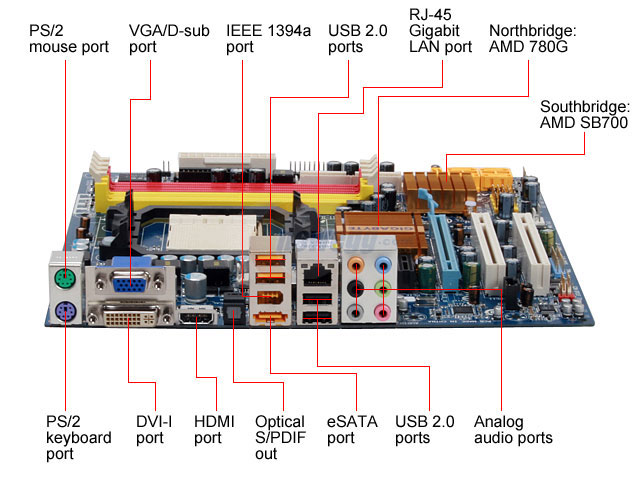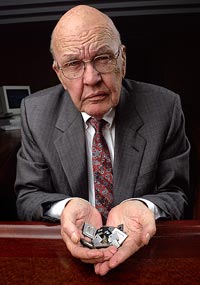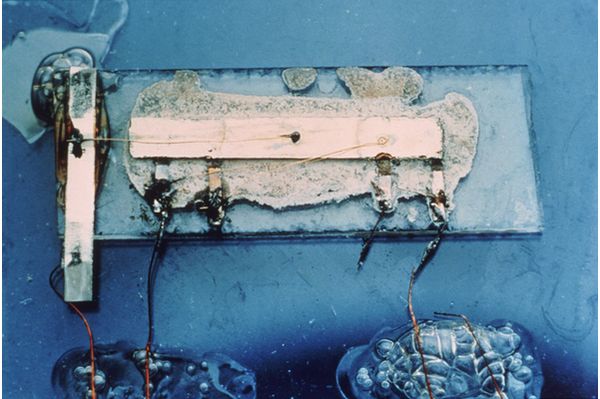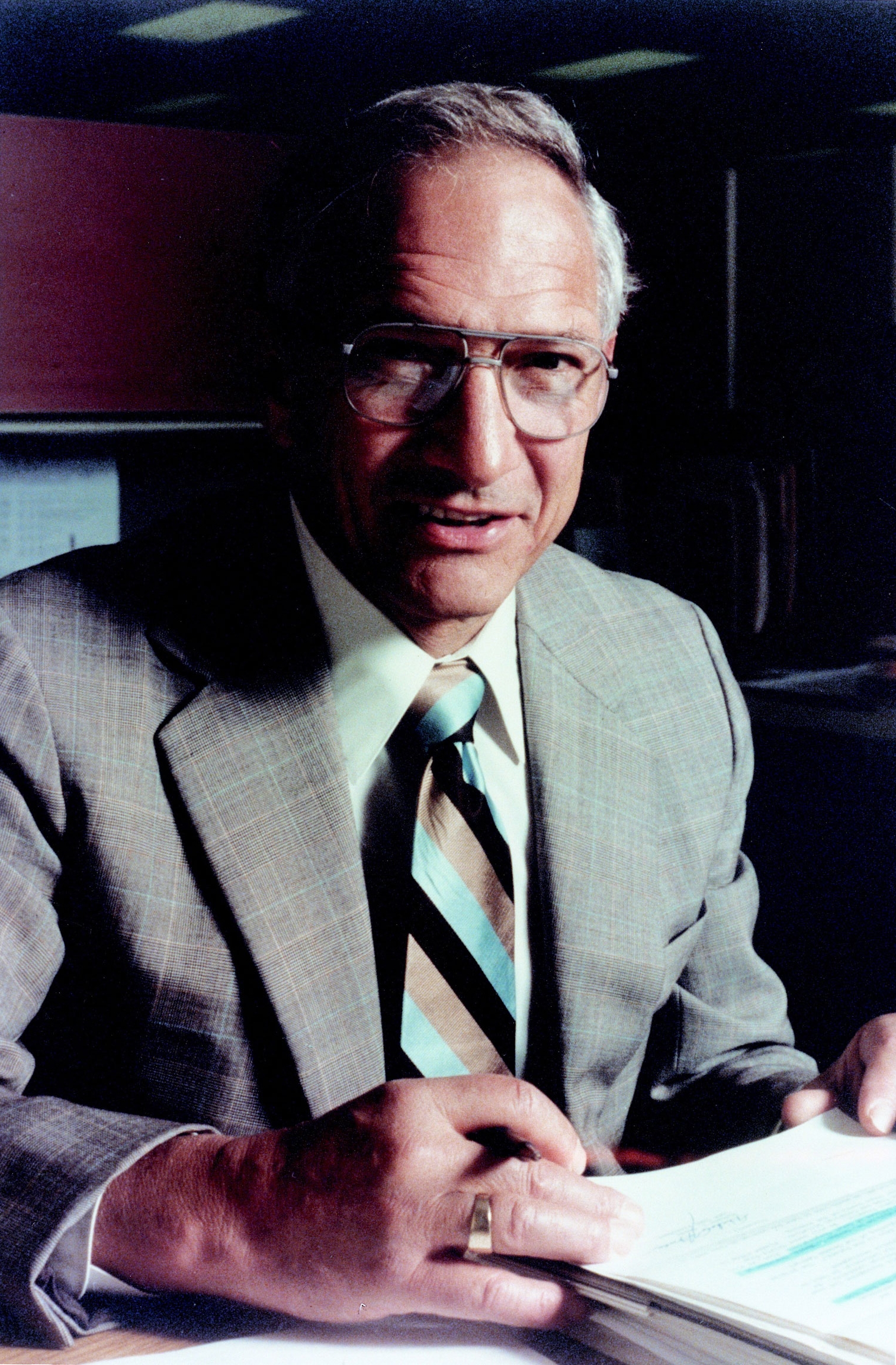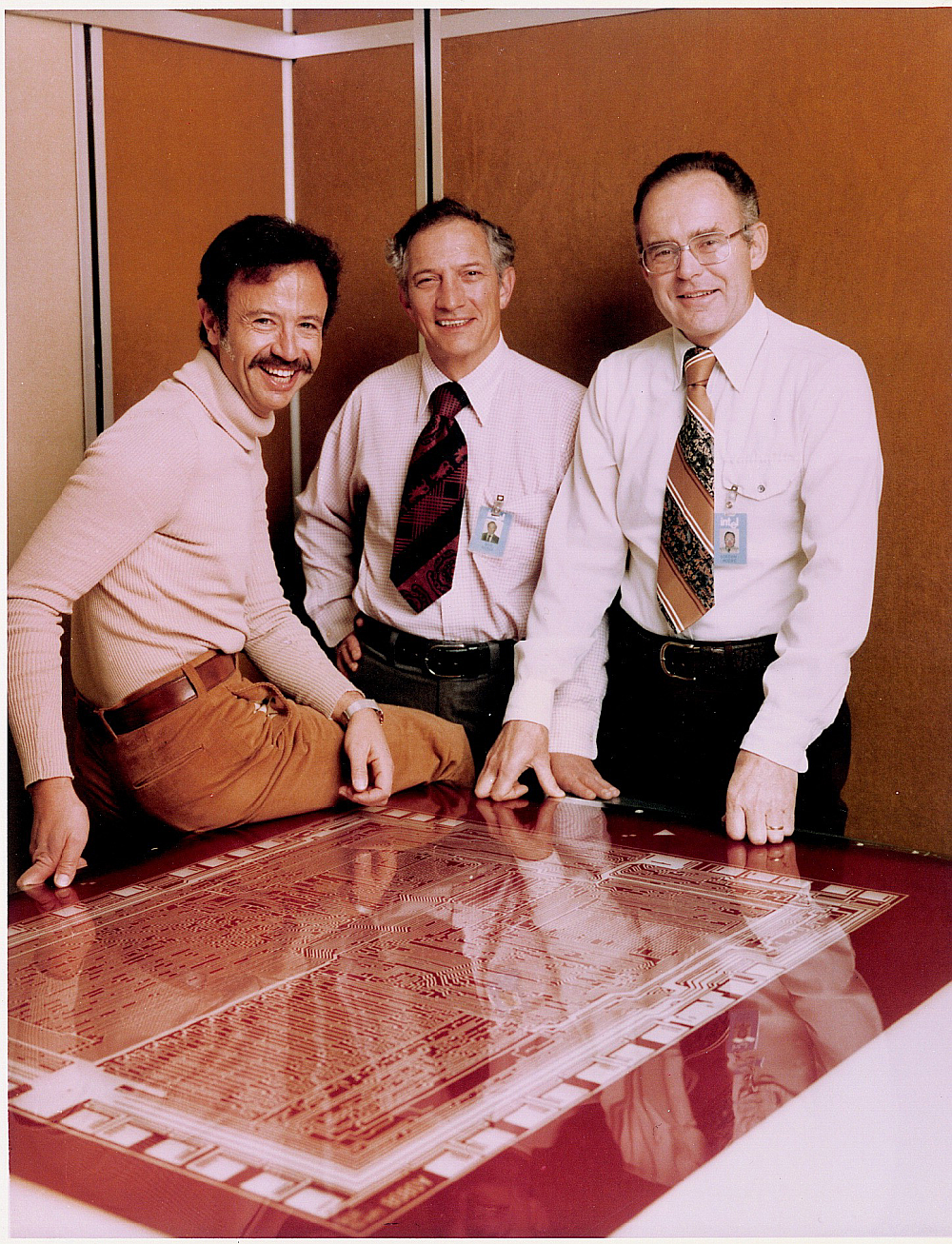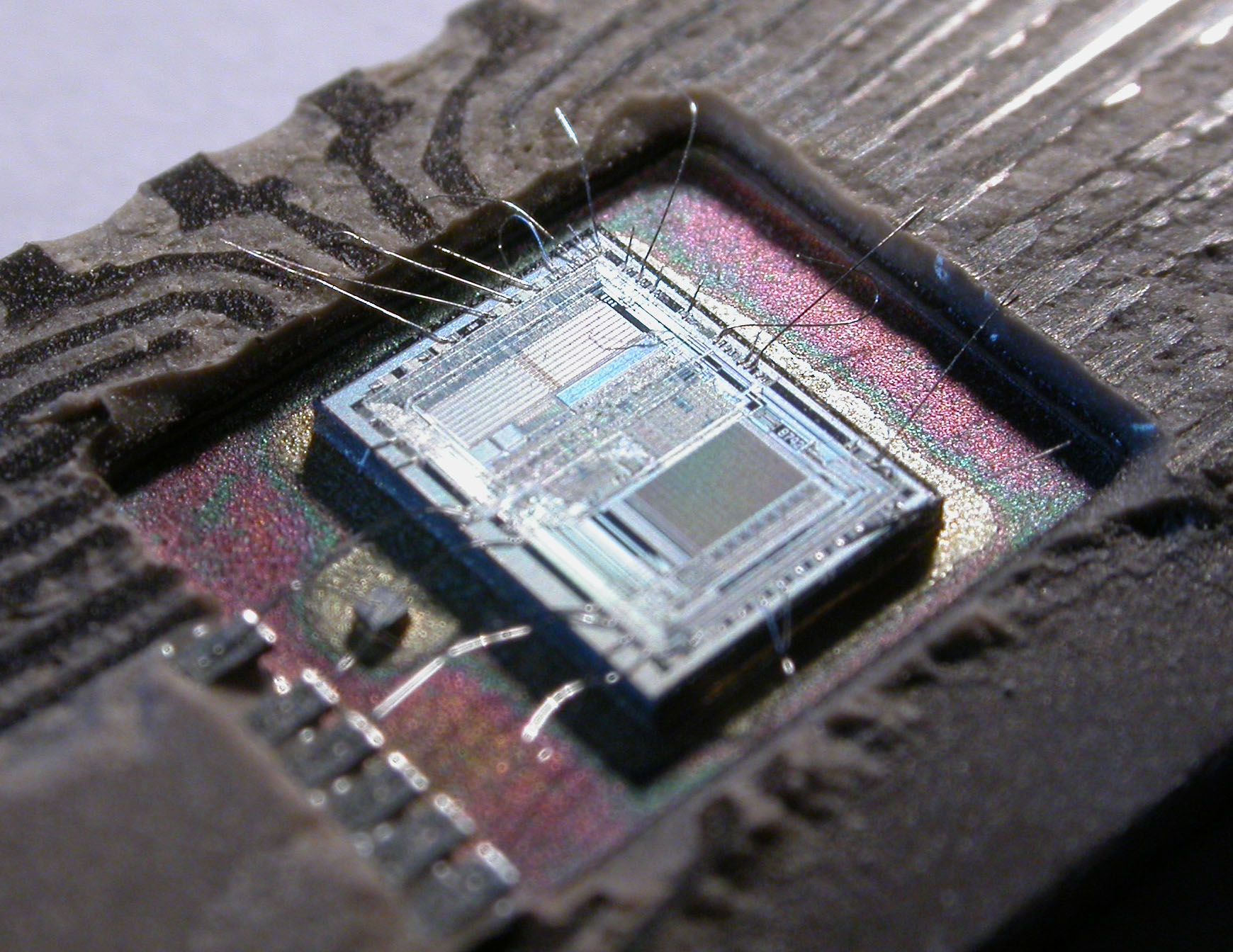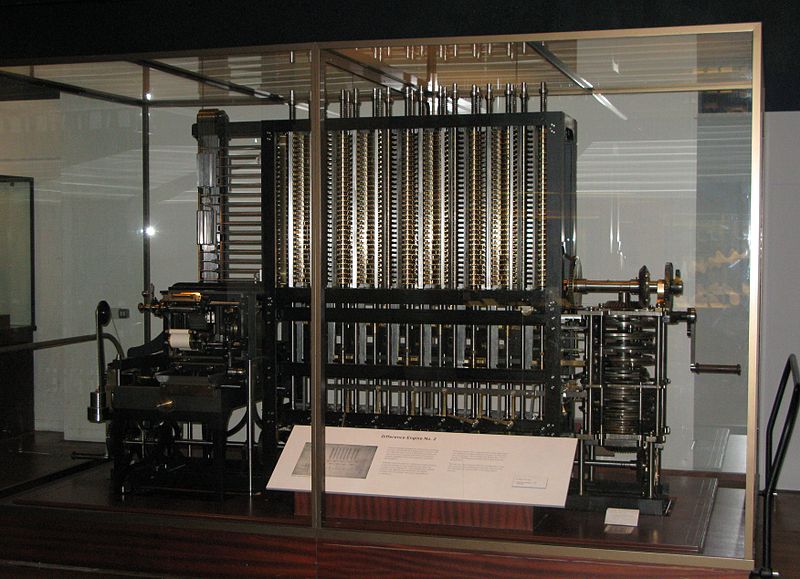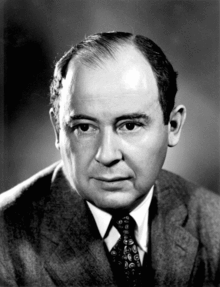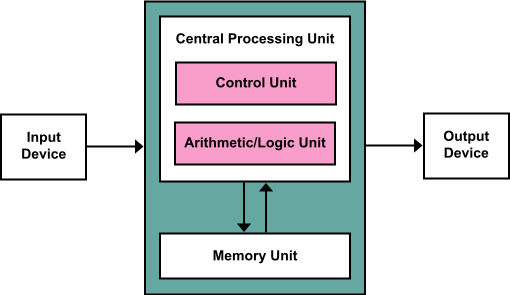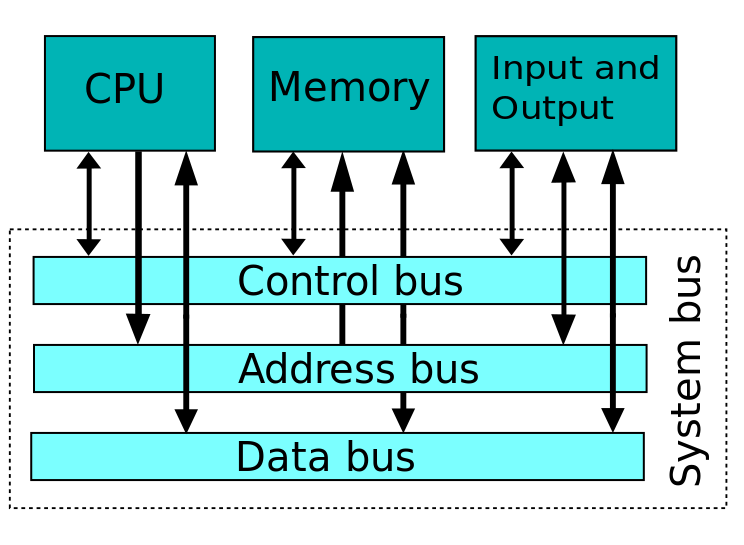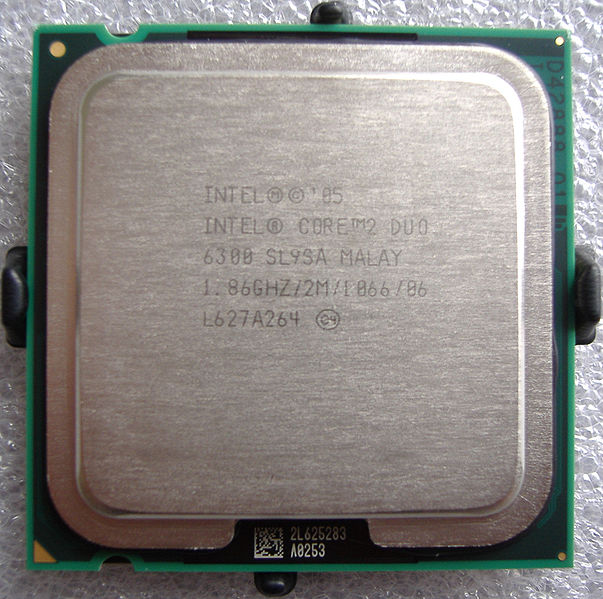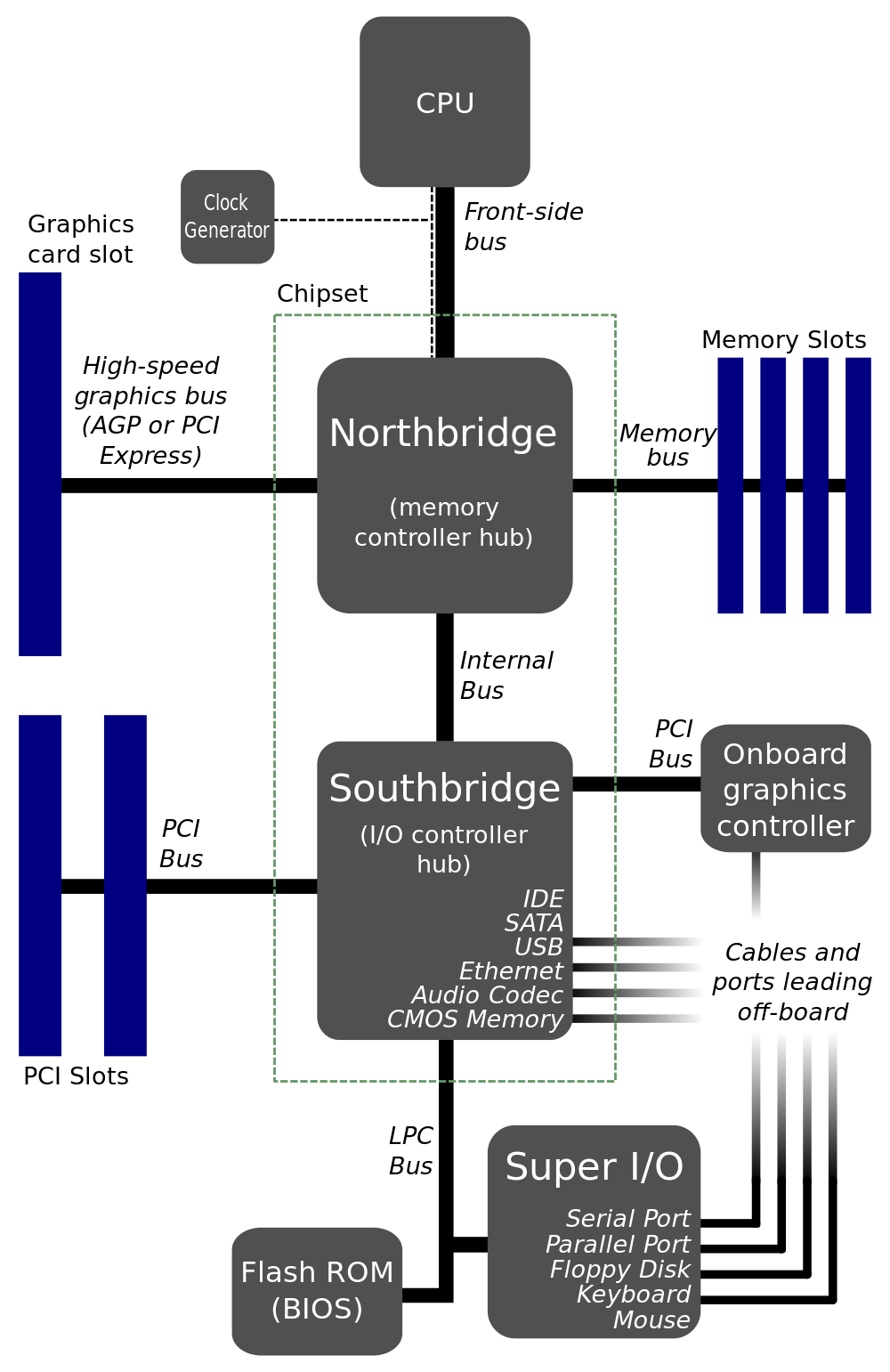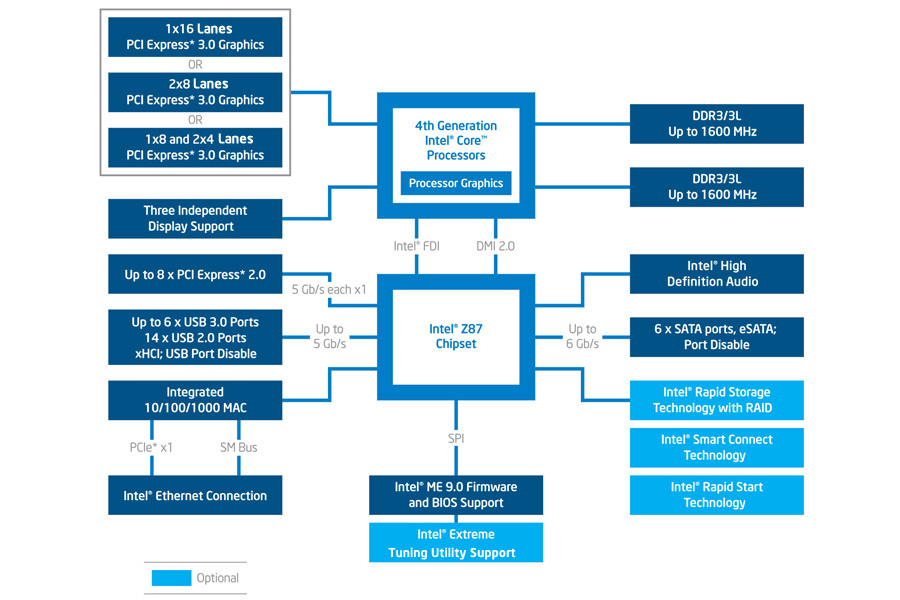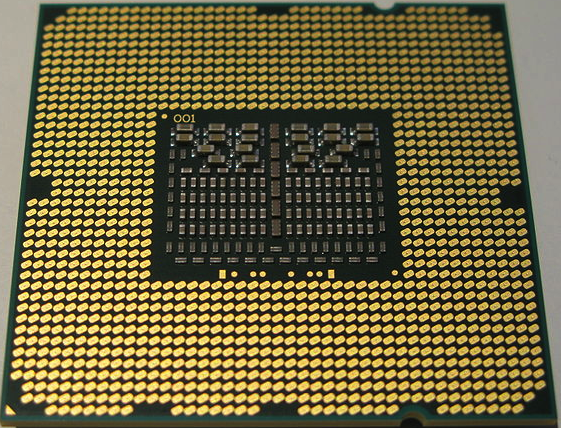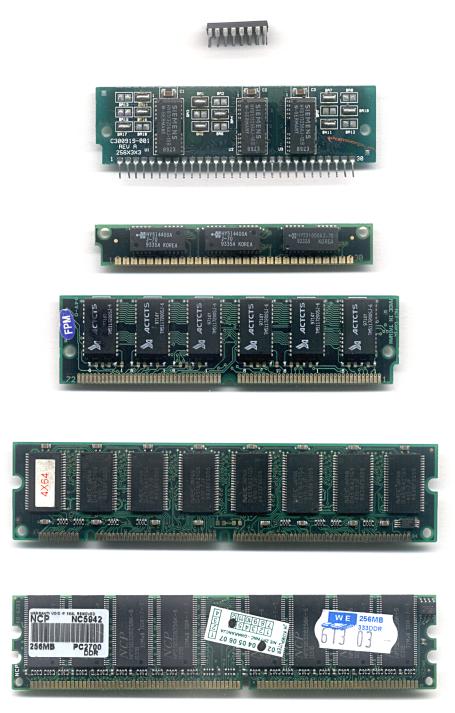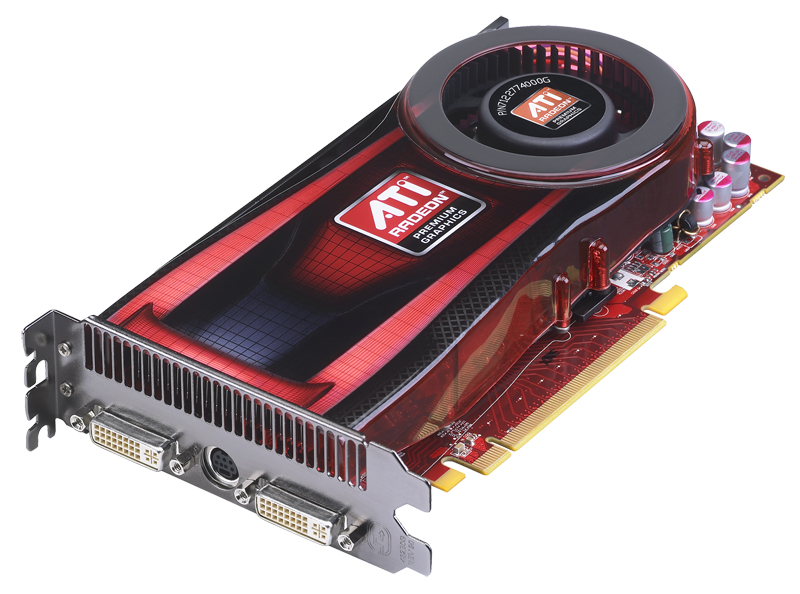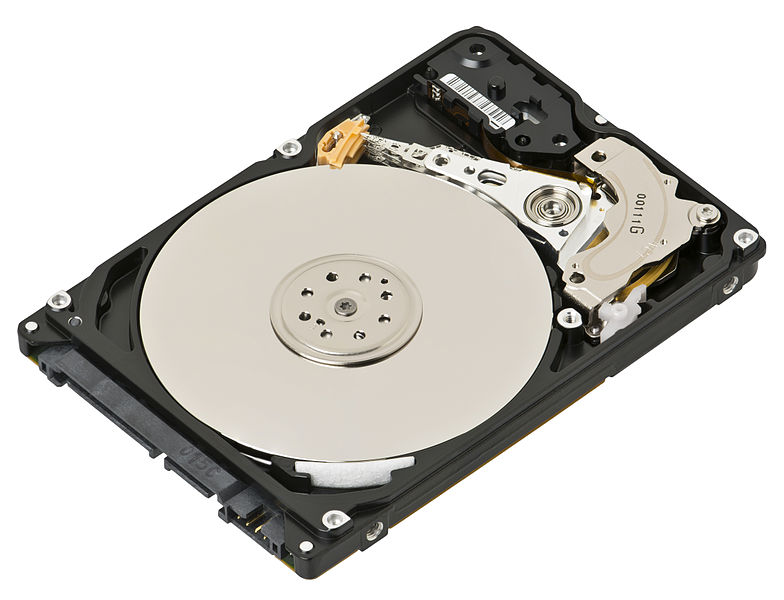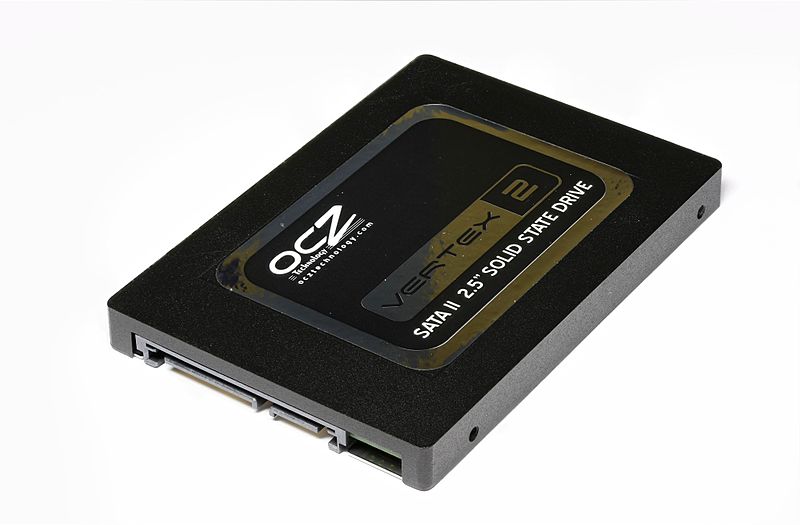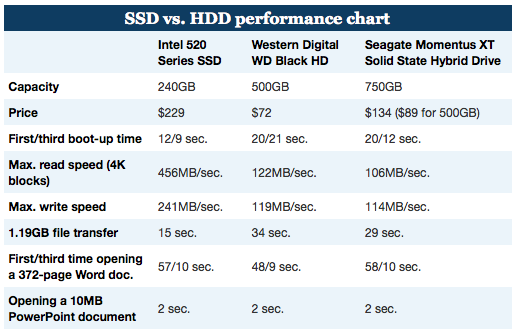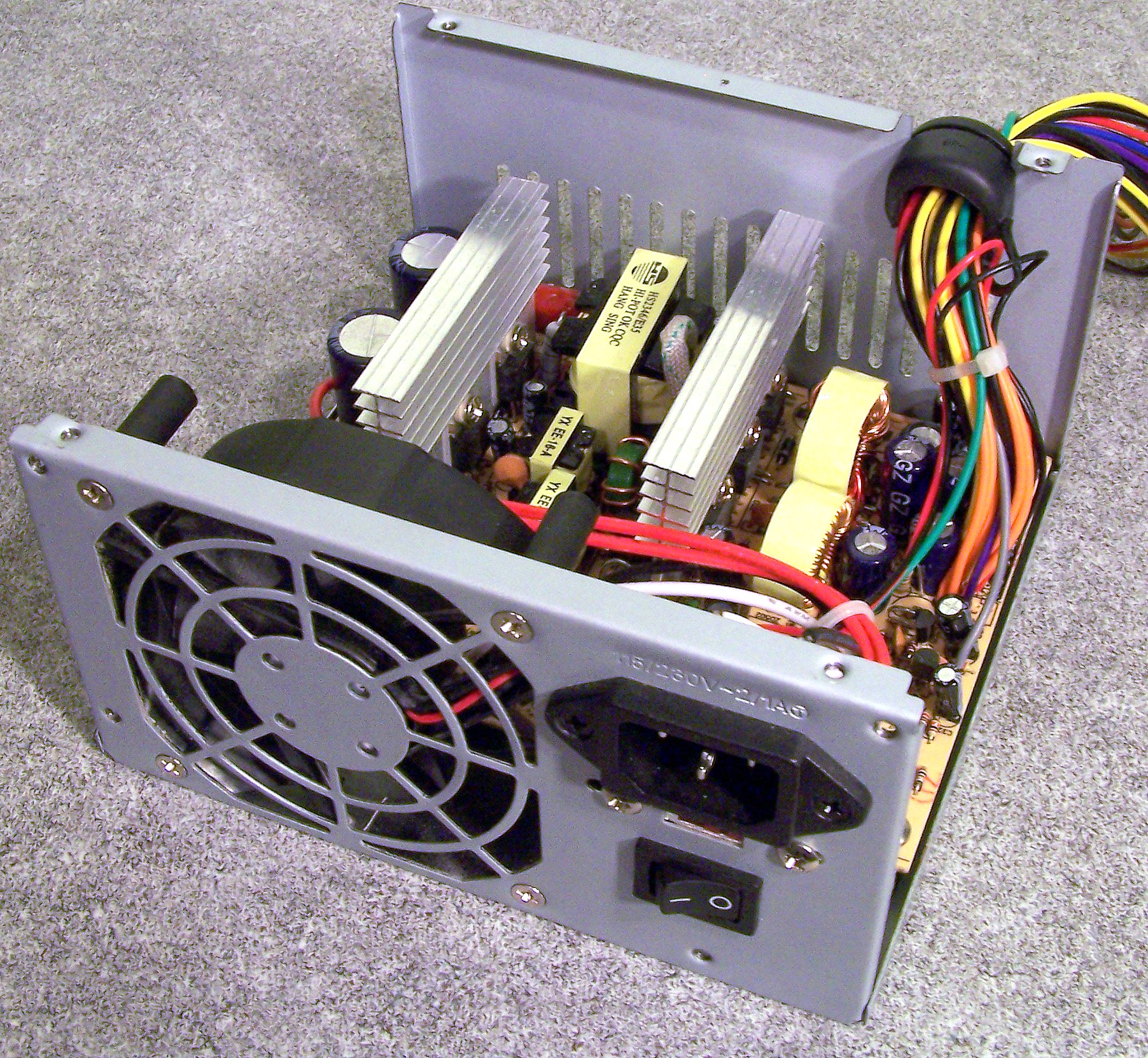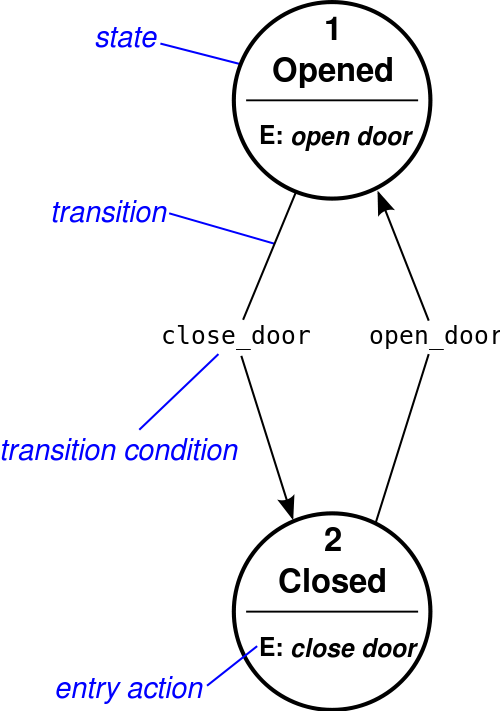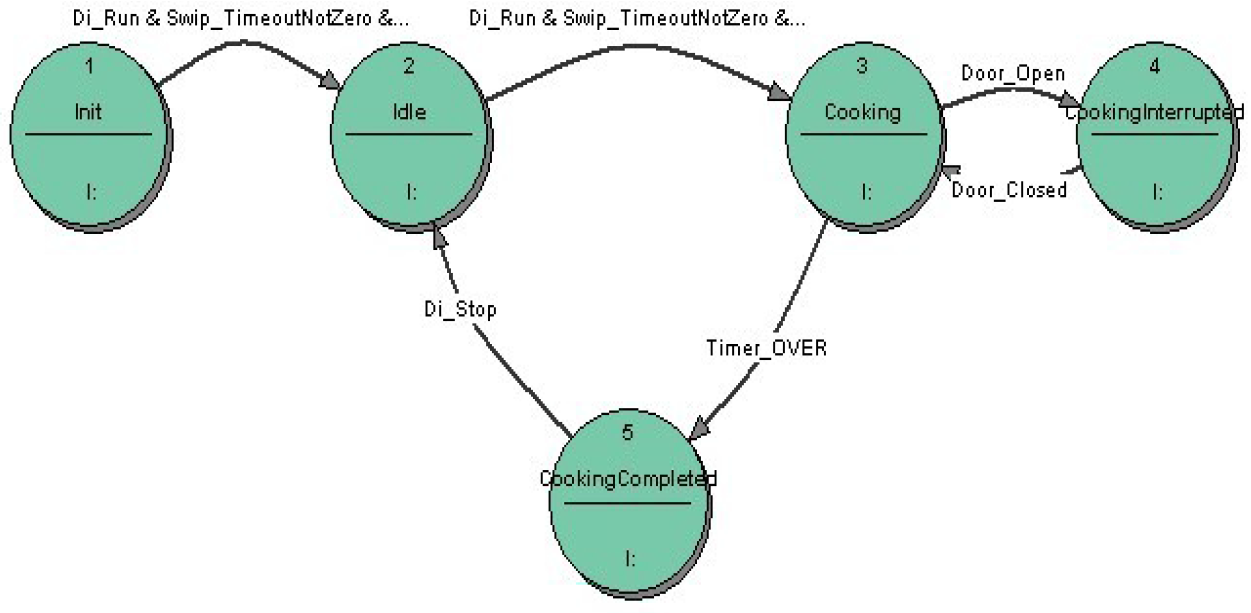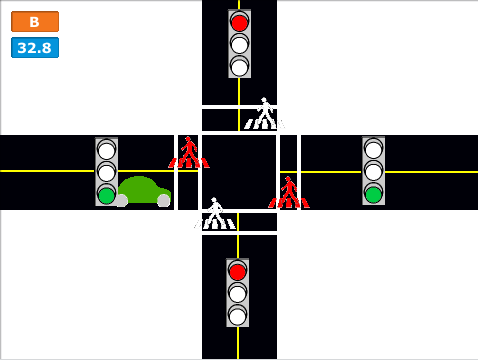Blog 4: Computer Systems in Daily Life
We interact with a variety of computer systems on a daily basis, but most of the time we don’t take the time to think about where they came from and how they work. Choose a computer system you see in your everyday life and write about it and its history. Tell us how it works and how it affects us in our daily life. A simple example would be the keycard entry systems at the K-State dorms and the engineering labs. Some questions to ask yourself while you are doing your research:
- Who created this system?
- What are the underlying technologies?
- Is this a very common system, or something unique to a particular field or use?
- How long has this system been around?
- How difficult would life be without this system?
- Are there any privacy, security or safety concerns with this system? Are there any concerns if this system didn’t exist?
